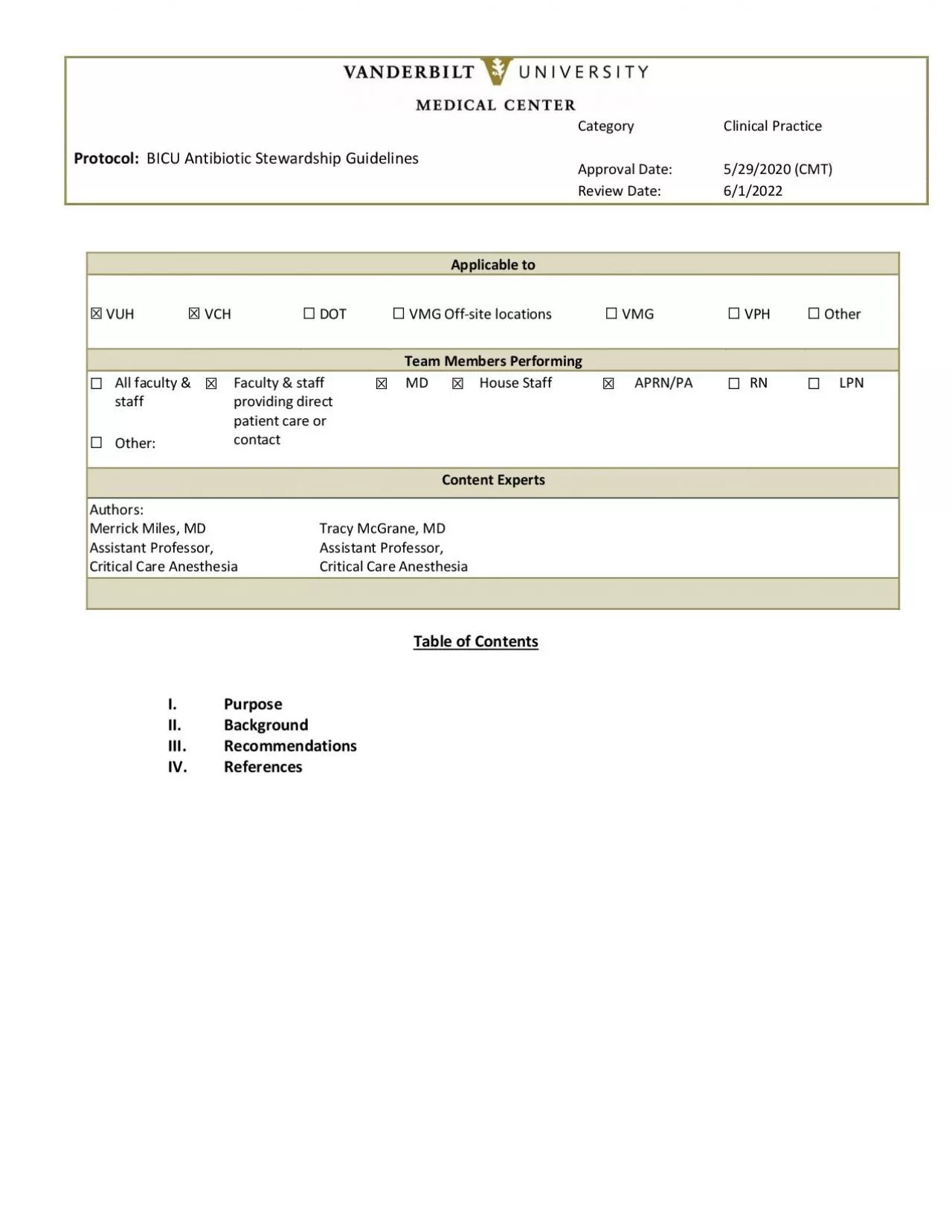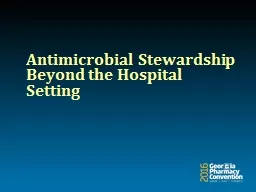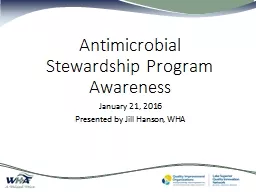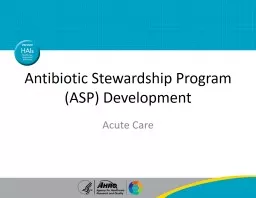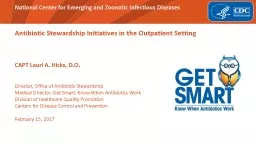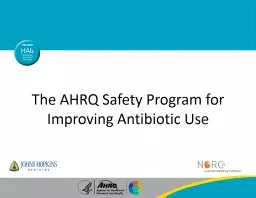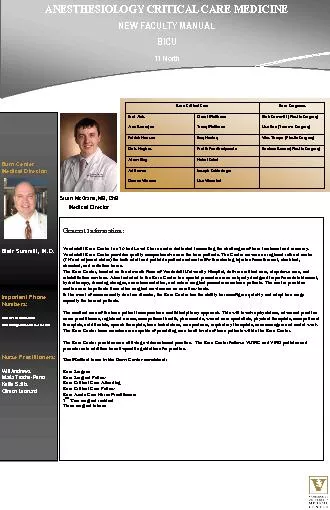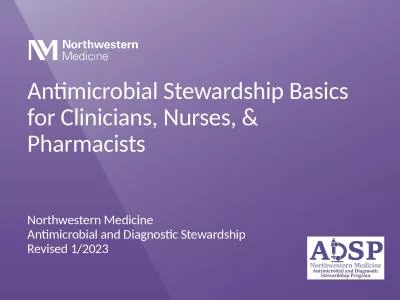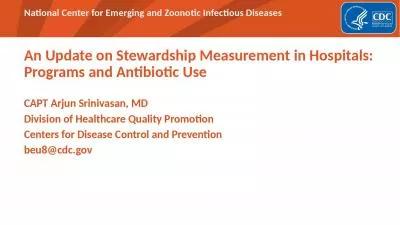PDF-BICU Antibiotic Stewardship
Author : evans | Published Date : 2021-08-09
ProtocolGuidelinesCategory Clinical PracticeApproval Date5292020CMTReview Date612022Table of ContentsIPurposeIIBackgroundIIIRecommendationsIVReferencesApplicable
Presentation Embed Code
Download Presentation
Download Presentation The PPT/PDF document "BICU Antibiotic Stewardship" is the property of its rightful owner. Permission is granted to download and print the materials on this website for personal, non-commercial use only, and to display it on your personal computer provided you do not modify the materials and that you retain all copyright notices contained in the materials. By downloading content from our website, you accept the terms of this agreement.
BICU Antibiotic Stewardship: Transcript
Download Rules Of Document
"BICU Antibiotic Stewardship"The content belongs to its owner. You may download and print it for personal use, without modification, and keep all copyright notices. By downloading, you agree to these terms.
Related Documents

